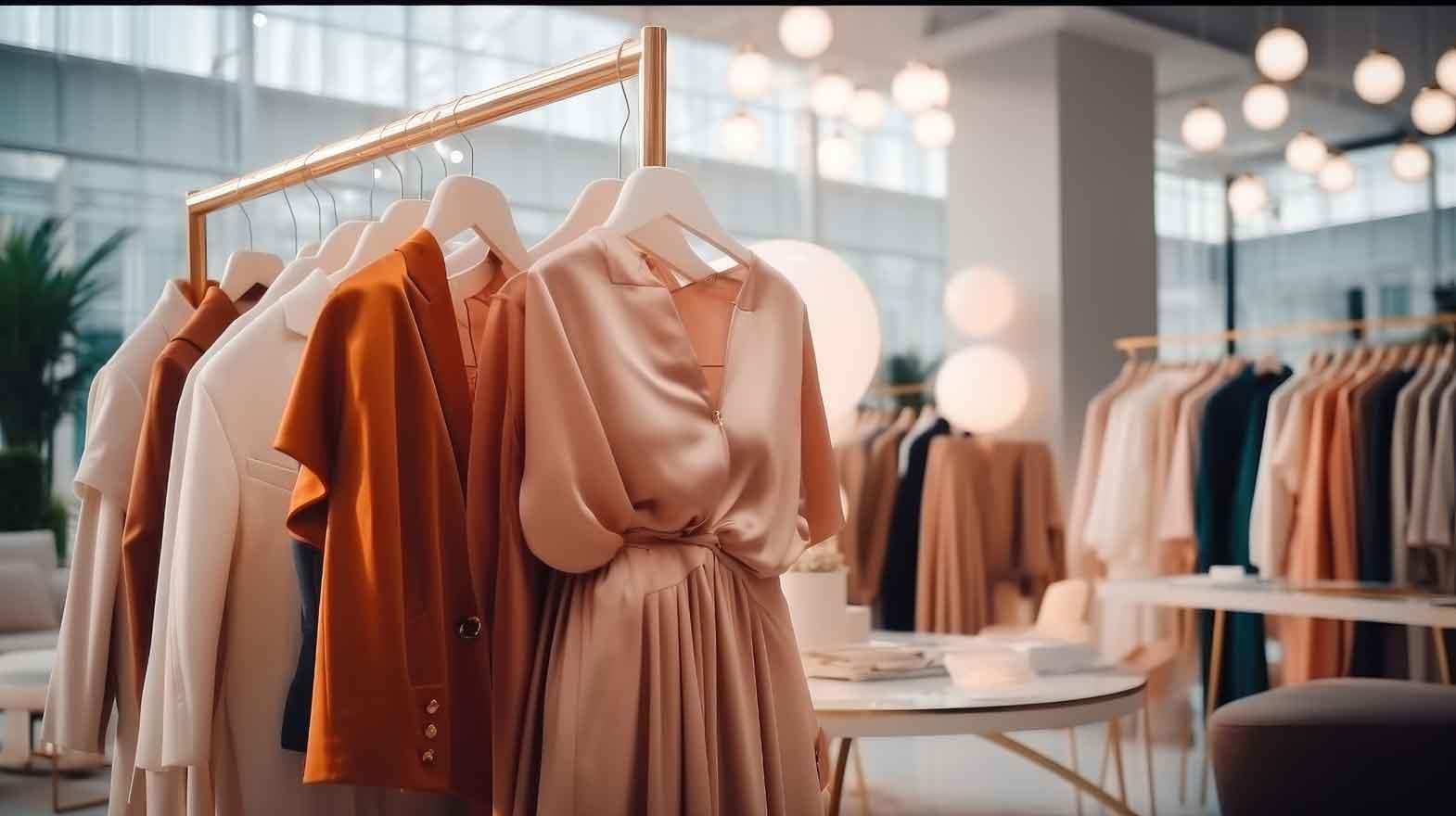The latest buzz that has hit the fashion scene is the anti-fashion trend called Normcore. An American trend forecasting team coined the term, which is an amalgamation of two main words: "normal" and "hardcore." They predicted Normcore to be the next big fashion movement, and after a leading magazine wrote about the look, it went viral online.
But what is Normcore? The basic attitude of the Normcore style is unlike any fashion trend to look different and stand apart; it is rather a look to fit in with the crowd and a conscious effort to look effortless. For the team behind the term, Normcore is a result of saturation from the trying-hard-to-stand-out phase and the constant changes in fashion cycles. This exhaustion has led to the adaptation of styles that are basic and heading towards wearing more staples.
Normcore is suitable for individuals who do not want to associate themselves with fleeting trends and seasonal must-haves. This does not mean that Normcore symbolizes wearing anything or everything that is unfashionable. It includes regular and everyday garments like t-shirts, hoodies, chino pants, denim, and casual shirts. It is also a way of doing away with fast fashion and revamping one's wardrobe less frequently.
The forecasters of Normcore have taken fashion cues from popular icons like Jerry Seinfeld and Steve Jobs, describing their styles as the epitome of Normcore. Kate Middleton and Alexa Chung, who believe in sticking to the basics and not making a big deal about their outfits, have also received much admiration from Normcore supporters within the fashion industry and from magazines like Vogue. Once fashion editors all around the world started writing about it, Normcore became the new trend among young millennials.
The laid-back looks of the 90s with oversized T-shirts, boxy jeans, and fleece have become a perfect ensemble to stay aggressively unfashionable. Large fashion retailers like Jack & Jones, Esprit, Abercrombie & Fitch, Superdry, Woolrich, Desigual, Scotch & Soda, Closed, and Marc O'Polo are endorsing the trend in a big way with clothes that suit the Normcore style.
However, many argue that Normcore has always existed and has been a style that many college going youngsters have been following. Apparel retailers have always catered to the category of clothing basics like denims, t-shirts, and casual shirts. Moreover, for any garment retailer the core basics form the largest part of a collection. This is more so because apparel stores can repeat orders, provide discounts on such products, and also helps them manufacture a product ahead of its trend ranges. Brands like A.S.O.S, Gap, Uniqlo, Muji, A.P.C, American Apparel, and Topshop have been concentrating on basics forever now and that's where majority of their business comes from. Luxury retailers like Net-a-porter, Stella McCartney, Alexander Wang, and Theory have also upped their game with core essentials for high-fashion shoppers.
While some fashion critics believe that Normcore is just a part and parcel of the normal course of a fashion cycle. And fashion has always been about having an individual style and looking a certain way. Normcore steals the whole idea of being unique and the thrill of new.
From all of the above speculation in favour and against the Normcore, it is inevitable that the demand for casual wear is certainly growing and the popularity for casual comfort wear is increasing. Along with that the luxury brands are slowly shifting their focus on sportswear made from technical and practically performance apparels. Designers like Stella McCartney have teamed up with Adidas and Solange is working closely with Puma to provide casual wear products. Minimalism and loose silhouettes of the 90s are what young shoppers want to indulge in after the obsessively trendy 80s. The reason for normcore to have caught eyeballs is because it is easy to wear and is relative to masses without having to try too hard to blend in.
Hence it can be concluded that Normcore is a segment with more potential and fashion retailers are leveraging on it. But this doesn't in anyway signify that there is no room for new trends and anti-fashion is the way to be. Apparel retailers understand that casual wear category is an absolute requirement but it is the unique new and fresh trends that lure young shoppers to their stores.
References:
1. Editd.com
2. Vogue.co.uk
3. Latimes.com
4. Nymag.com








Comments